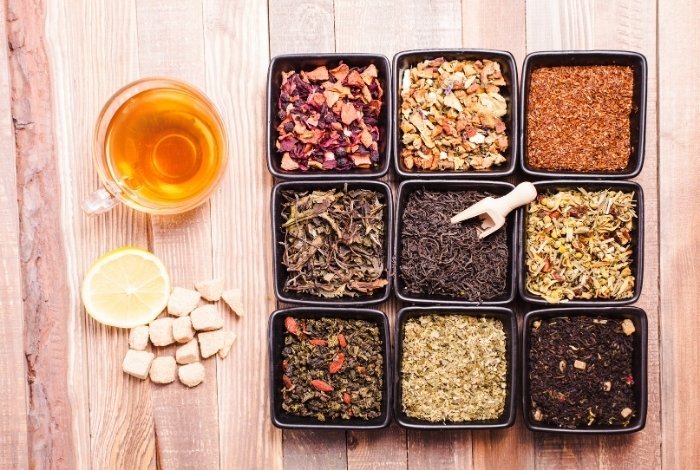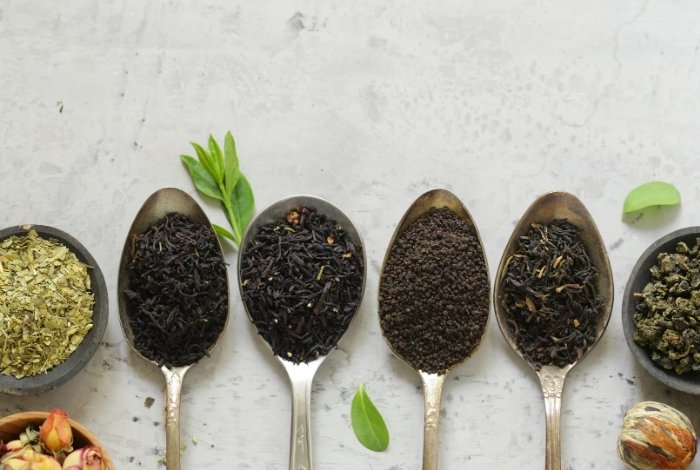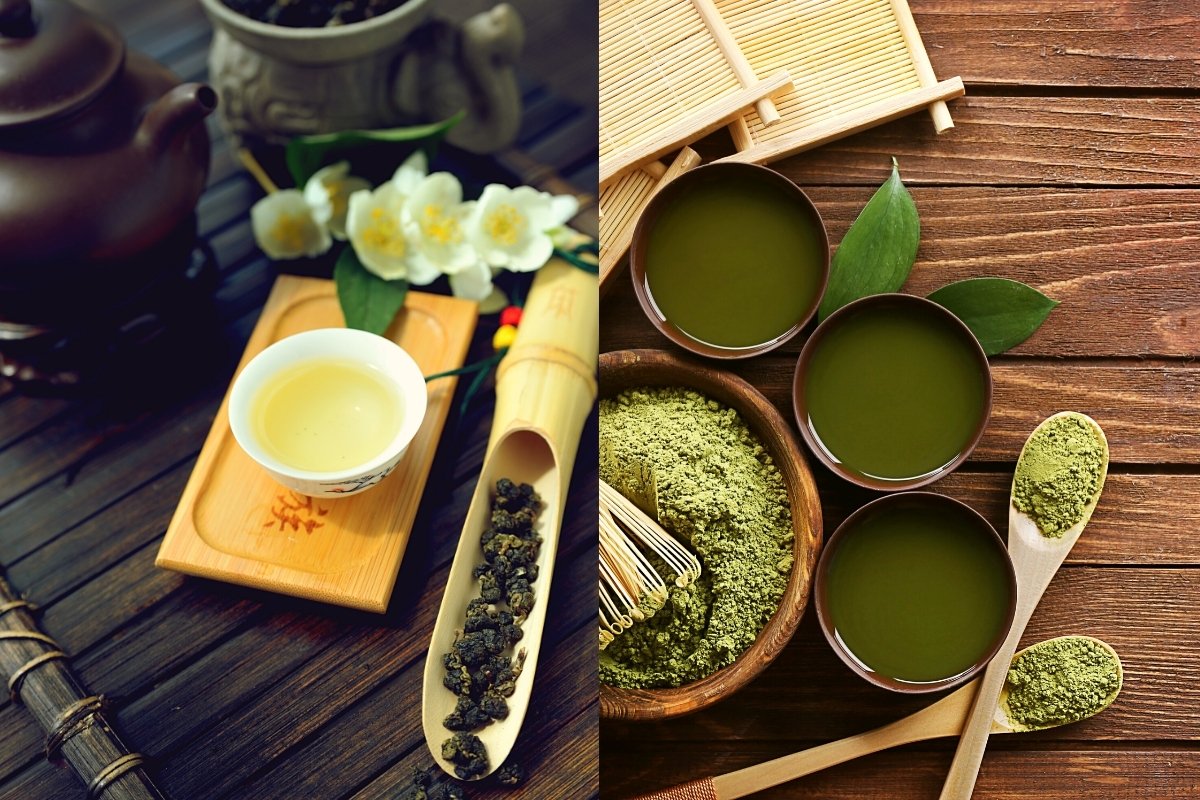Last Updated on October 14, 2024
Oolong tea versus green tea, which is best? You probably would have given this serious consideration if you enjoy a good cup of tea to start your day. It will interest you to know that they are both packed with many benefits for the body, not to mention an excellent non-alcoholic beverage choice. But are both tea the same? You can read on to learn more in the sections below.
Table of Contents
Oolong Tea versus Green Tea
Once brewed in the cup, you can barely tell the difference unless you have years of experience enjoying different drink options. But in the mouth of someone who has enjoyed both beverages, they will be able to differentiate both teas from one another. They each have a distinctive aroma and taste, and while both are the same plant, their method of production is different, which makes for the distinction in the smell and taste.

Oolong Tea
The tea, which is popular in China, is obtained from the tea plant, also known as Camellia sinesis. The leaves are dried under the sun, oxidized, and twisted and curled into their desired shape. The oxidation level of oolong tea is between 8 and 85 percent and, for the most part, strips the plant of its natural flavor. You can find a few brands with a sweet honey taste and aroma, and there are others with the traditional woody, earthy, and roasted flavor that oolong is known for.
Oolong naturally contains caffeine, and its content could be significantly affected by the area where it was cultivated and the method of processing. But it is worth mentioning that a cup of oolong tea has more caffeine than green tea. So if you are interested in the one with a stronger caffeine content, you already know which one to pick. Famous brands with good caffeine content are usually those that grow in the mountains in Taiwan and China’s Fujian province.
Revolution Tea – Dragon Eye Oolong Tea
Green Tea
Green tea also happens to be obtained from the same plant as the oolong. The tea is cultivated widely in China, and as such, provides more than 80% of the world’s green tea supply. You can also find it in large amounts in India and other Asia countries.
There are different types of green tea available. And this is primarily based on the area it is cultivated. Some popular Chinese green tea includes Gunpowder tea and Chun mee, while matcha, sencha, and gemaicha are popular Japanese options.
The caffeine content of green tea can be likened to that of oolong, but the latter packs a good punch when you drink the same amount of both. For the different green tea available, matcha has more caffeine than the others, so it is more popular than the rest.
Read more about Green Tea Extract VS. Matcha. What Is The Difference Between Them?
Difference Between Oolong and Green Tea
For one, oolong tea involves the fermentation of the Camellia sinesis plant using oxidation. On the other hand, green tea doesn’t undergo any fermentation. It is left in the open for days or weeks to dry out. The oolong leaves’ exposure to fermentation is one reason it has a darker appearance than green tea.

Regarding the taste, you will also find oolong tea stronger than green tea. And this can affect the drink and how well it influences your day. In a cup of oolong tea, the caffeine level is 50-75 milligrams, while green tea has between 35 and 75 milligrams. So you can expect to get more out of your oolong.
However, the oxidation of oolong strips a lot of the antioxidants that will be of benefits to the body. Although still rich in antioxidants, it cannot be compared to that of green tea.
Learn more How Much Caffeine Does Lipton Matcha Green Tea Contain?
The Healthier Option
When it comes to picking between a hot cup of either option, the decision is entirely up to you. Both options are suitable for those looking to stay in shape. There have been studies to show that the antioxidants present can help with speeding up metabolism.
Oolong tea is beneficial for improving bone and heart health. When it comes to weight loss and avoid neurological disorders, you want to stick with green tea. But all the same, you get to enjoy improved health and wellness when you drink both teas.
Final Note
Oolong and green tea differ in color, aroma, caffeine, and number of antioxidants. But they both provide immense benefit to the body, and it’s only a matter of finding one that you enjoy best.

Barbara is an environmental activist and sustainability advocate who loves living green and sustainable. She firmly believes in reducing her carbon footprint and has been making great strides towards achieving this goal. Barbara is a vegan and avid recycler and has been actively involved in community gardens and other green initiatives. She is passionate about spreading awareness about the importance of living in a sustainable and eco-friendly manner. Barbara is always looking for ways to make a difference in her community and beyond. She is a huge advocate for preserving nature and the planet for future generations.


